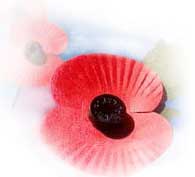

patients as neurasthenic when they were depressed and inert.'War neurosis' was described as nervous exhaustion through overwork and the Weir Mitchell Cure was applied - isolation, rest and a diet rich in milk-based foods. The term 'shell shock' was first used in the public domain by Charles Samuel Meyers, a Cambridge psychologist, in an article he wrote about the cases he had been treating. He felt uncomfortable about using the term because it did not describe the mental conditions that these men were suffering. Shell shock was literally the shock felt by a soldier near to an exploding shell and the feelings of having one's senses assaulted by the detonation flash, heat, displacement of the air and the ground tremors as the shell formed a crater in the earth.